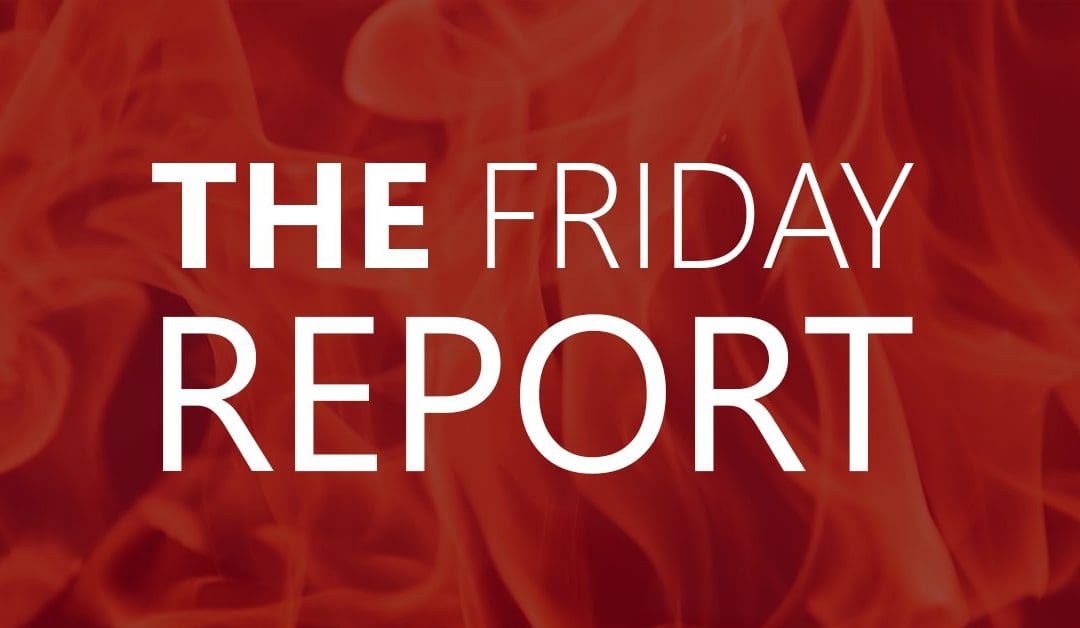The increasing number of product recalls, concerns about bioterrorism, product counterfeit, contamination and foodborne illness outbreaks have forced the need to greater product traceability throughout the supply chain. Using today’s information technology tools can enable businesses to respond more quickly and accurately, saving time, labor and in some cases, lives. Product recalls are costly. Companies that do not use traceability technology tools rely on manual methods of tracking products and often end up destroying large quantities of goods just to make sure that all affected products are identified and captured. Using technology to track and trace goods through the supply chain is much more accurate and can provide additional benefits. Traceability tools can provide an array of valuable data that can be used to improve business and operational processes. Governmental regulations such as those of the United States and European Union require some level of product traceability for food products. Traceability solutions can help with documentation and recordkeeping, safety monitoring, enabling process improvements and better decision making and much more. Traceability technology tools include product identification and marking tools, traceability software and RFID. Of these, product identification and marking tools are the most commonly used. Product identification tools include barcode and imprinting tools that rely on tracking numbers to connect production history data with that of the finished goods. Traceability, or track and trace software may be best-of-breed software solutions or functionality within warehouse management software (such as Datex Footprint® WMS). Having software that provides track and trace functionality including the collection and retention of data, documentation of processes, etc. is extremely important when dealing with regulated goods such as food and pharmaceuticals. Using traceability software or a WMS with track and trace capabilities, audit trail etc. can help meet the documentation requirements of FDA and other government agency regulations. Using software with traceability capabilities can also enable your business to compete more successfully to win the business of retailers. Today, retailers often require EDI (Electronic Data Interchange) as well as immediate product recall action within a few hours. Using advanced software and systems can provide these necessary capabilities.



